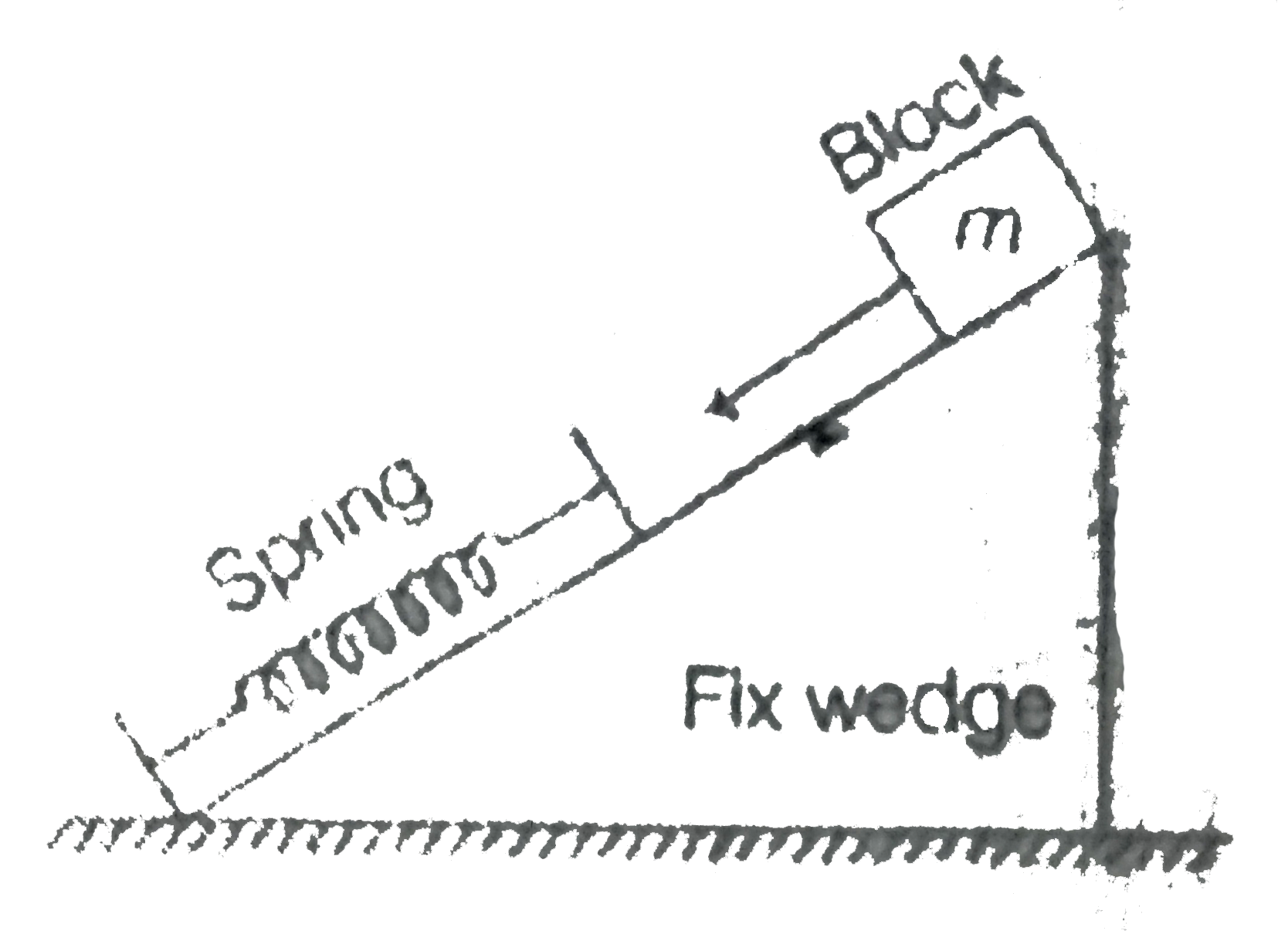Rate of corrosion I maximum when
an electrolyte is present in water
metal has low S.R.P
metal has high standard oxidation potential
all of these
Step-by-Step Solution:
1. Understanding Corrosion:
- Corrosion is a redox reaction where a metal, such as iron (Fe), is oxidized, leading to the formation of rust (Fe2O3·xH2O). In this process, iron loses electrons and oxygen gains electrons.
2. Conditions for Maximum Corrosion:
- The rate of corrosion is influenced by several factors, including the presence of electrolytes, the metal's standard reduction potential, and environmental conditions.
3. Role of Electrolytes:
- When an electrolyte is present in water, it enhances the movement of ions. This increased ionic mobility accelerates the corrosion process. Therefore, the presence of an electrolyte is a condition that maximizes the rate of corrosion.
4. Metal's Standard Reduction Potential:
- Metals with low standard reduction potential are more likely to oxidize. Conversely, metals with high oxidation potential also have a greater tendency to undergo oxidation. Thus, both conditions (low standard reduction potential and high oxidation potential) contribute to increased corrosion rates.
5. Conclusion:
- The rate of corrosion is maximum when:
- An electrolyte is present in water.
- The metal has a low standard reduction potential.
- The metal has a high standard oxidation potential.
- Therefore, the correct answer is that all these conditions contribute to maximum corrosion.
Final Answer: The rate of corrosion is maximum when an electrolyte is present in water, and the metal has low standard reduction potential or high standard oxidation potential. Thus, the correct option is D (All of these).
---
- Corrosion is a redox reaction where a metal, such as iron (Fe), is oxidized, leading to the formation of rust (Fe2O3·xH2O). In this process, iron loses electrons and oxygen gains electrons.
- The rate of corrosion is influenced by several factors, including the presence of electrolytes, the metal's standard reduction potential, and environmental conditions.
- When an electrolyte is present in water, it enhances the movement of ions. This increased ionic mobility accelerates the corrosion process. Therefore, the presence of an electrolyte is a condition that maximizes the rate of corrosion.
- Metals with low standard reduction potential are more likely to oxidize. Conversely, metals with high oxidation potential also have a greater tendency to undergo oxidation. Thus, both conditions (low standard reduction potential and high oxidation potential) contribute to increased corrosion rates.
- The rate of corrosion is maximum when:
- An electrolyte is present in water.
- The metal has a low standard reduction potential.
- The metal has a high standard oxidation potential.
- Therefore, the correct answer is that all these conditions contribute to maximum corrosion.
Topper's Solved these Questions
- ELECTROCHEMISTRY BOOK - AAKASH INSTITUTE ENGLISHCHAPTER - ELECTROCHEMISTRY EXERCISE - Assignment (SECTION C) Objective Type Questions (More than one option are correct)
16 Videos
- ELECTROCHEMISTRY BOOK - AAKASH INSTITUTE ENGLISHCHAPTER - ELECTROCHEMISTRY EXERCISE - Assignment (SECTION D) Linked Comprehension Type Questions
6 Videos
- ELECTROCHEMISTRY BOOK - AAKASH INSTITUTE ENGLISHCHAPTER - ELECTROCHEMISTRY EXERCISE - Assignment (SECTION A) Objective Type Questions (One option is correct)
43 Videos
- COORDINATION COMPOUNDS BOOK - AAKASH INSTITUTE ENGLISHCHAPTER - COORDINATION COMPOUNDS EXERCISE - Assignment (Section-J Aakash Challenger Questions )
10 Videos
- ENVIRONMENTAL CHEMISTRYBOOK - AAKASH INSTITUTE ENGLISHCHAPTER - ENVIRONMENTAL CHEMISTRYEXERCISE - ASSIGNMENT (SECTION-D) (Assertion - Reason Type Questions)
4 Videos
Similar Questions
What is corrosion ?
View SolutionStatement I: When an external resistor of resistance R (connected across a cell to internal resistance r ) is varied, power consumed by resistance R is maximum when R = r.
Statement II: Power consumed by a resistor of constant resistance R is maximum when current through it is maximum.
View SolutionA spring and block are placed on a fixed smooth wedge as shown. Following conclusions can be drawn for the block.

(i) magnitude of its momentum will be maximum when Fnet on block is zero
(ii) its kinetic energy will be maximum when Fnet on block is zero
(iii) kinetic energy of block is maximum when block just touches the spring
(iv) net force on block is maximum when KE = 0
View SolutionRate of photosynthesis is maximum at
View SolutionRate of photosynthesis is maximum at
View SolutionWhat is corrosion? Why aluminium sheets do not corrode easily? Write two necessary conditions for corrosion to take place.
View SolutionRoot pressure is maximum when :
View SolutionRoot pressure is maximum when
View SolutionA : when temperature becomes ∞ then the value of rate constant is maximum.
R : a is also known as maximum rate constant.
View SolutionRate of heartbeat is maximum in
View Solution
